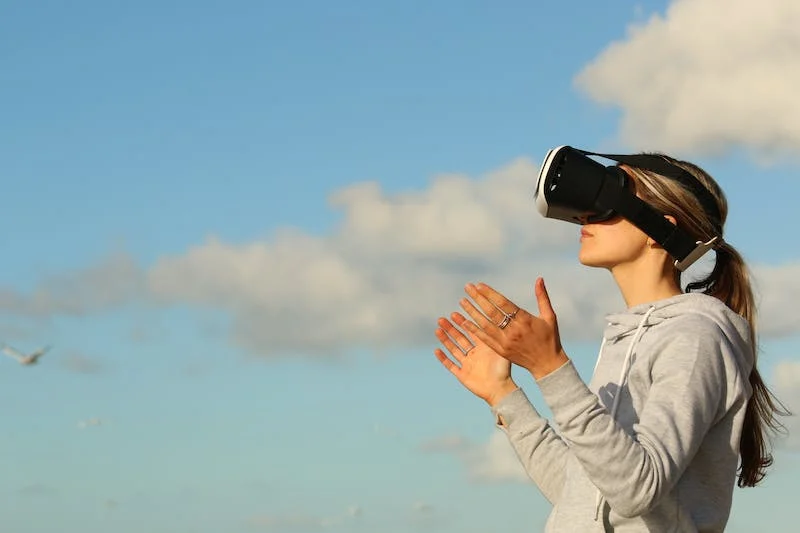Virtual reality (VR) has become increasingly popular in recent years. It allows users to immerse themselves in a digital world, making it feel like they are really there. However, some people may be hesitant to try VR because they have bad eyesight. Let’s explore whether or not you can use VR if you have bad eyesight, and what factors may affect your ability to do so.
My Personal Experience with VR and bad eyesight
As someone who wears glasses and has astigmatism, I was initially skeptical about using VR. However, after trying it out, I was pleasantly surprised to find that I was able to use it without any problems. In fact, wearing my glasses while using VR actually enhanced my experience, as I was able to see everything more clearly.
How VR Works
Before we can answer whether or not VR can be used with bad eyesight, we must first understand how VR works. VR uses a headset to display a digital environment to the user. The headset contains two screens, one for each eye, that display slightly different images to create a sense of depth. Sensors on the headset track the user’s movements, enabling them to move around and engage with the virtual world. See the complete guide on How Does Virtual Reality Headset Work?
How Bad Eyesight Affects VR Use
Now that we understand how VR works, let’s look at how bad eyesight may affect your ability to use it. There are a few factors to consider:
- Corrective Lenses: If you wear glasses or contacts to correct your vision, you can still use VR. Most VR headsets can accommodate glasses, and some even come with removable lenses that can be swapped out for prescription lenses.
- Field of View: People with bad eyesight may have a smaller field of view, which could affect their ability to see everything in the digital environment. However, most VR headsets have a wide enough field of view to accommodate most people.
- Focus Distance: VR headsets are designed to be viewed at a specific distance, usually around 2-3 feet. If you have bad eyesight, you may need to adjust the focus of the headset to see everything clearly. Some headsets have adjustable lenses that can help with this.
Tips for using VR with bad eyesight
If you have bad eyesight and are interested in using VR, there are a few tips you can follow to enhance your experience:
- Wear Corrective Lenses: As mentioned earlier, wearing glasses or contacts can enhance your VR experience if you have bad eyesight. Make sure to wear them while using VR.
- Adjust Focus: If you have trouble seeing things clearly try adjusting the focus of the headset. Some headsets have adjustable lenses that can help with this.
- Take Breaks: Using VR for extended periods of time can cause eye strain and headaches. If you have bad eyesight, it may be even more important to take breaks to avoid discomfort.
Conclusion
However, having bad eyesight does not necessarily mean that you cannot use VR. While there may be some factors to consider, such as wearing corrective lenses and adjusting the focus of the headset, most people with bad eyesight should be able to use VR without any problems. As someone who wears glasses and has astigmatism, I can attest to the fact that VR can be enjoyed even with less-than-perfect eyesight. So go ahead, give it a try!
